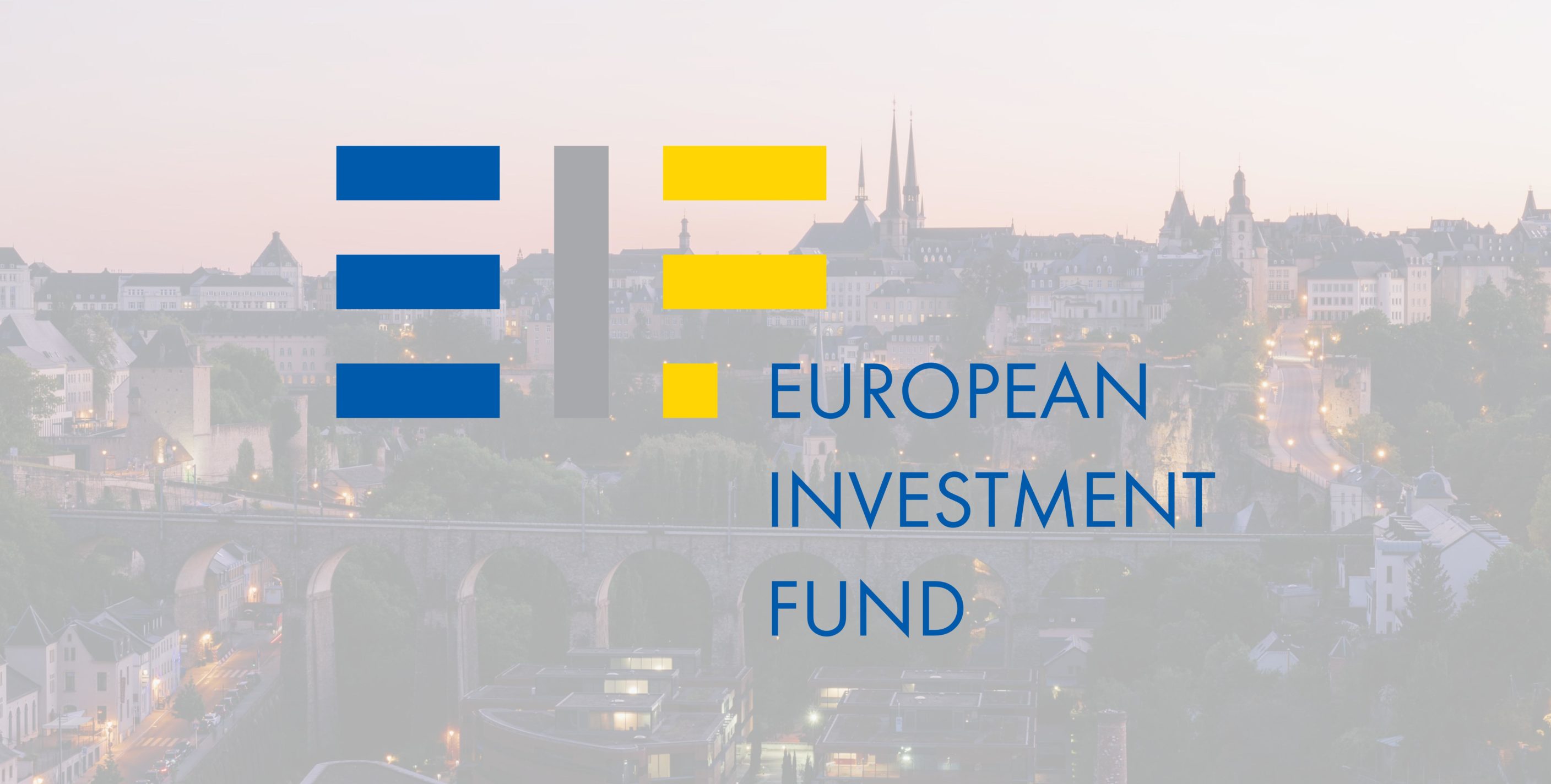European Investment Fund – Recovery Plan
”The planning of the work and the subsequence of deliverables was excellent. The transfer of knowledge started from a very early stage and helped avoiding unnecessary workload with a handover at the end of the project. FCG provided support and know-how in what was a very practical, hands-on, and easily to integrate manner”
- Denitsa Berkhoff, Head of Market and Strategic Risk Management
Adverse Scenario design
Plan Assumptions Credibility
Stakeholder Buy-in
Risk Management process embedment
The European Investment Fund (“EIF”) is part of the European Investment Bank (“EIB”) Group and helps small and medium-sized enterprises grow in Europe which in the end will improve the European economies and support employment. FCG, now Advisense, was appointed by the EIF to help with the development of a recovery plan in accordance with current regulations and best practice, which would support EIF management in restoring capital and liquidity in a stressed situation.
The Challenge
According to the BRRD(Bank recovery and resolution Directive), EU banks and institutions must have recovery plans that define actions for restoring financial strength and viability should they be exposed to severe stress. The European Investment Fund, or EIF, is not supervised by the European Central Bank (“ECB”) or any other supervisory body but has statutory obligations to follow best market practices while performing its activities.
The EIF review of the recovery plan aimed to secure not only regulatory compliance and harmonization with the EIB Group standards but also the operationability, that the recovery plan is credible and possible to execute on in practice. This was a key finding highlighted in the ECB “Report on recovery plans” from July 2018, evaluating recovery plan implementations at European significant institutions.
The Solution
Developing a recovery plan in line with regulatory requirements requires a considerable amount of information from a range of stakeholders. In order to also improve risk management by making the plan credible and securing operationability, much of that information must be confirmed through workshops where for example feasible recovery options, the order in which they can be executed and their impact on the institution are challenged. In the assignment at the EIF, FCG therefore started with a detailed planning of meetings and workshops with senior executives from business functions in order to secure the assignment deadline.
In the first step, suitable recovery indicators were selected, based on the main business lines and critical functions of the EIF. Meanwhile, the drafting of suitable adverse scenarios started; scenarios designed to make a severe negative impact the main businesses of EIF. Recovery trigger levels and adverse scenarios were linked to the largest possible extent to the existing Risk Appetite Framework and stress testing for ICAAP/ILAAP.
In the second step, EIF specific recovery options were identified and documented. The workshops gathered and tested the necessary recovery option information, for example capacity, time to effect and potential interdependencies; crucial information for building the total recovery capacity in the adverse scenarios. Discussions in the workshops identified potential improvement areas which formed a list of preparatory measures. As a final step the required sections on governance and communication were added to the recovery plan.
The Results
Recovery planning is supposed to be an ongoing process, and embedding the plan in the everyday work is a key component to success, reached through integrating the recovery indicator framework with the EIF existing Risk Appetite Framework. The close interaction with business representatives in the recovery plan development process enhanced not only credibility of the plan assumptions but also the important buy-in from stakeholders which in an adverse stress will have the main responsibility for restoring EIF vitality through executing on the plan. Only then, it is possible to achieve the desired end result; a recovery plan aligned to regulatory requirements which is also successfully embedded in the risk management processes, making it operational, thanks to credible assumptions in the plan.
